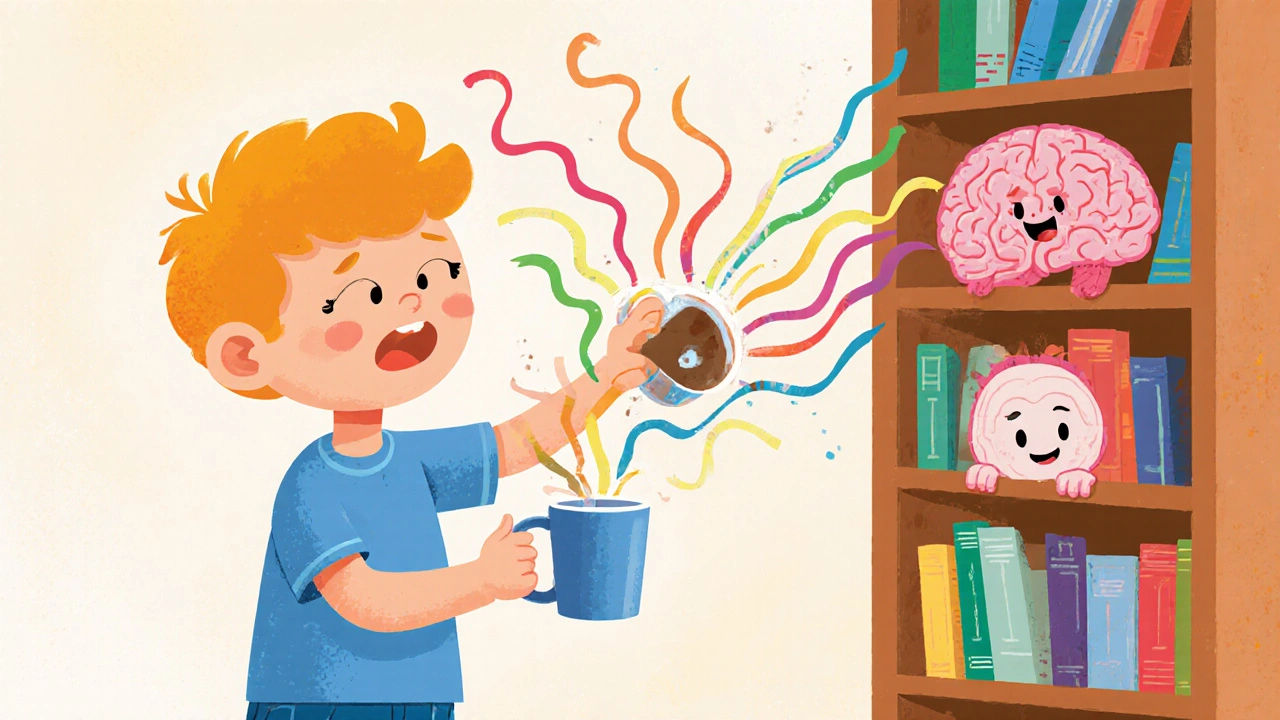Balance Training: Improve Stability, Prevent Falls, and Stay Independent
When you think of balance training, a set of exercises designed to improve your body’s ability to maintain stability and control during movement. Also known as stability training, it’s not just for athletes or dancers—it’s a daily necessity for anyone over 50, recovering from an injury, or managing conditions like vertigo or Parkinson’s. Falling isn’t just an accident; it’s a medical event. One in four adults over 65 falls each year, and half of them don’t recover fully. Balance training cuts that risk by up to 50%, according to studies from the CDC and the American College of Sports Medicine. It’s not about doing fancy yoga poses—it’s about retraining your brain, muscles, and inner ear to work together so you don’t tip over when you reach for something on a high shelf or step off a curb.
Good balance depends on three systems: your eyes (visual input), your inner ear (vestibular system), and your joints and muscles (proprioception). If one of these gets weak—say, from aging, medication side effects, or nerve damage—your body starts to compensate poorly. That’s where targeted balance training steps in. Simple drills like standing on one foot, walking heel-to-toe, or shifting weight side-to-side while holding a chair can rebuild that connection. People with vestibular training needs, like those with BPPV or Meniere’s disease, often see big improvements with specific head and eye movements prescribed by physical therapists. Even people on long-term medications that cause dizziness, like some blood pressure drugs or antidepressants, benefit from daily balance work. It’s not a cure, but it’s the best defense you have.
What’s surprising is how few doctors talk about this. You’ll hear about statins, insulin, and antibiotics—but rarely about the simple, free exercises that keep you from breaking a hip. And yet, balance training is just as essential as taking your pills. It’s the difference between living at home and ending up in a rehab center. The good news? You don’t need equipment or a gym. A sturdy chair, a wall, and 10 minutes a day are enough to start. And if you’ve ever felt wobbly getting out of bed, struggled on icy sidewalks, or had to grab the counter to turn around, you’re already a candidate.
Below, you’ll find real, practical guides on how to spot when your balance is failing, what exercises actually work, and how to adapt them for different health conditions. You’ll also see how medications, nerve damage, and even low iron can quietly wreck your stability—and what to do about it. This isn’t theory. It’s what people are using to stay on their feet, stay safe, and stay independent.
Ataxia: Understanding Coordination Loss and Effective Neurological Rehabilitation
Ataxia causes loss of coordination due to cerebellar damage. While there's no cure, targeted neurological rehabilitation can significantly improve balance, speech, and daily function. Learn what works, what doesn't, and how to access effective therapy.
View More
